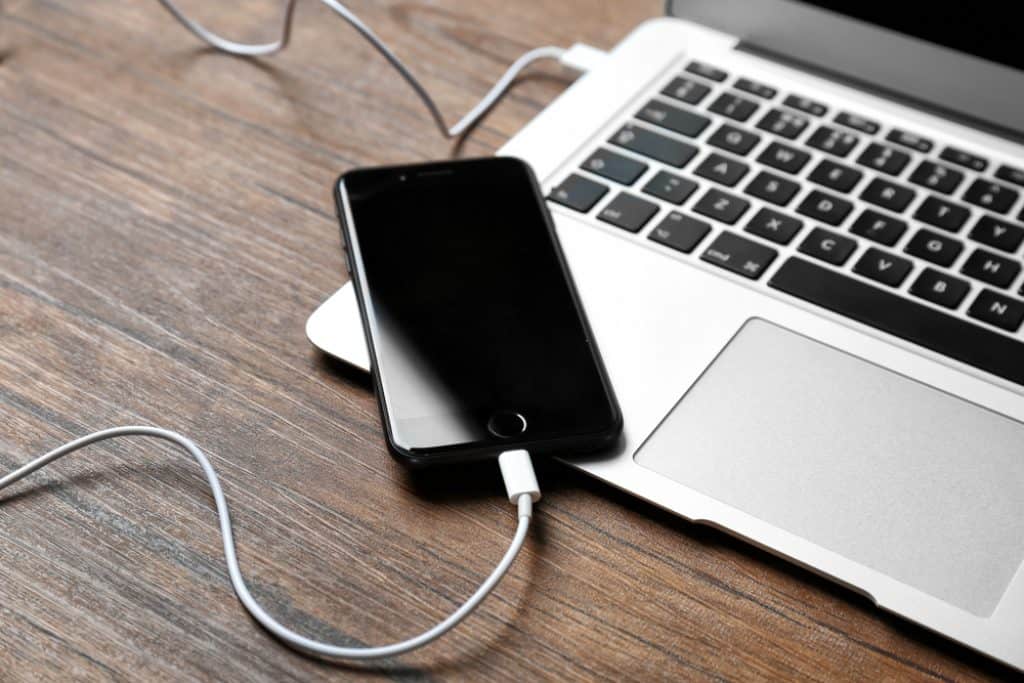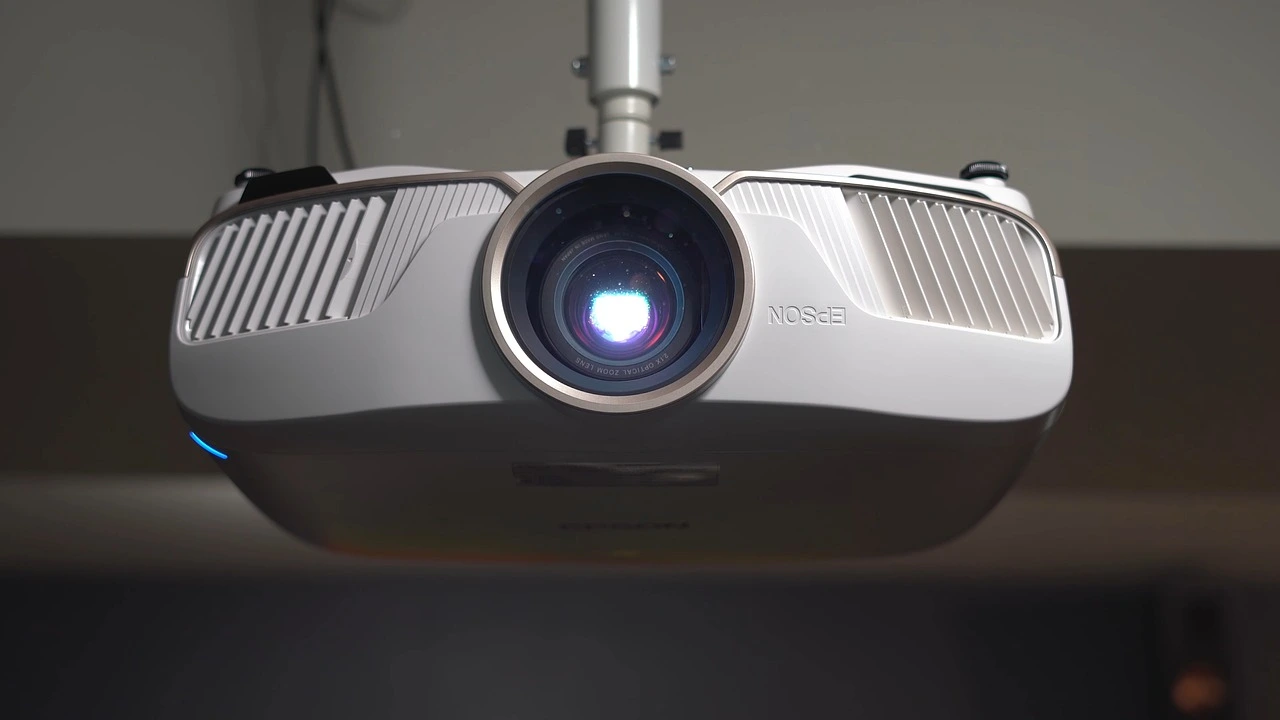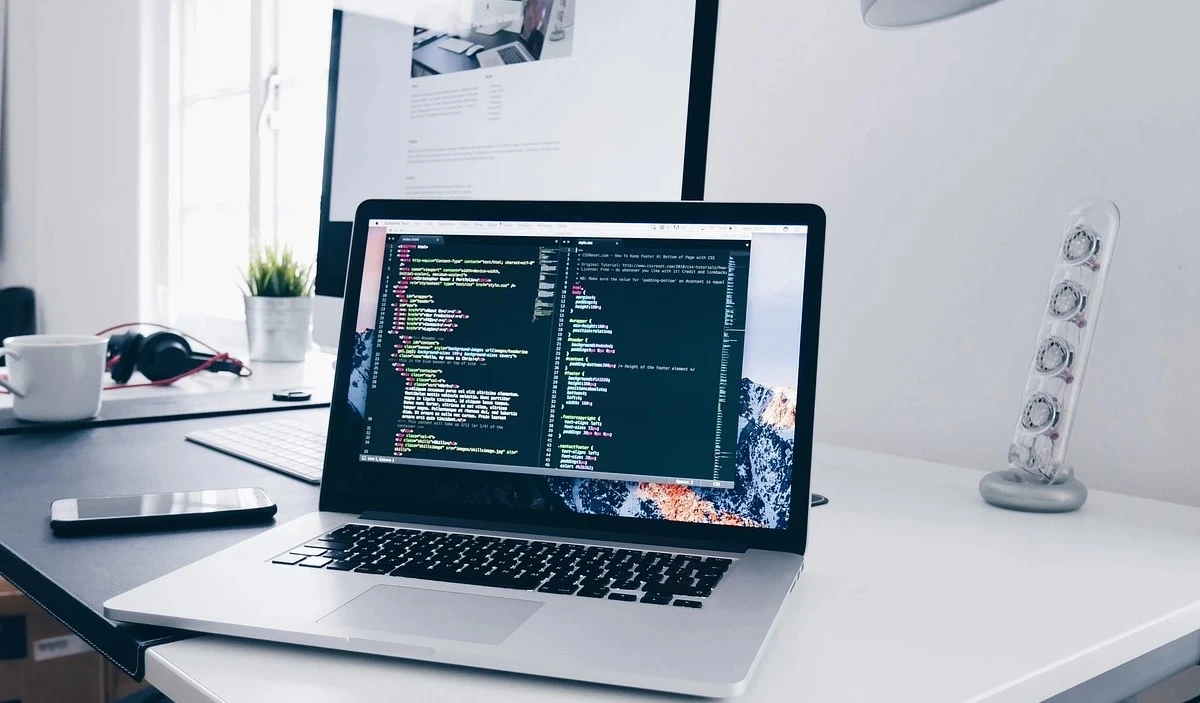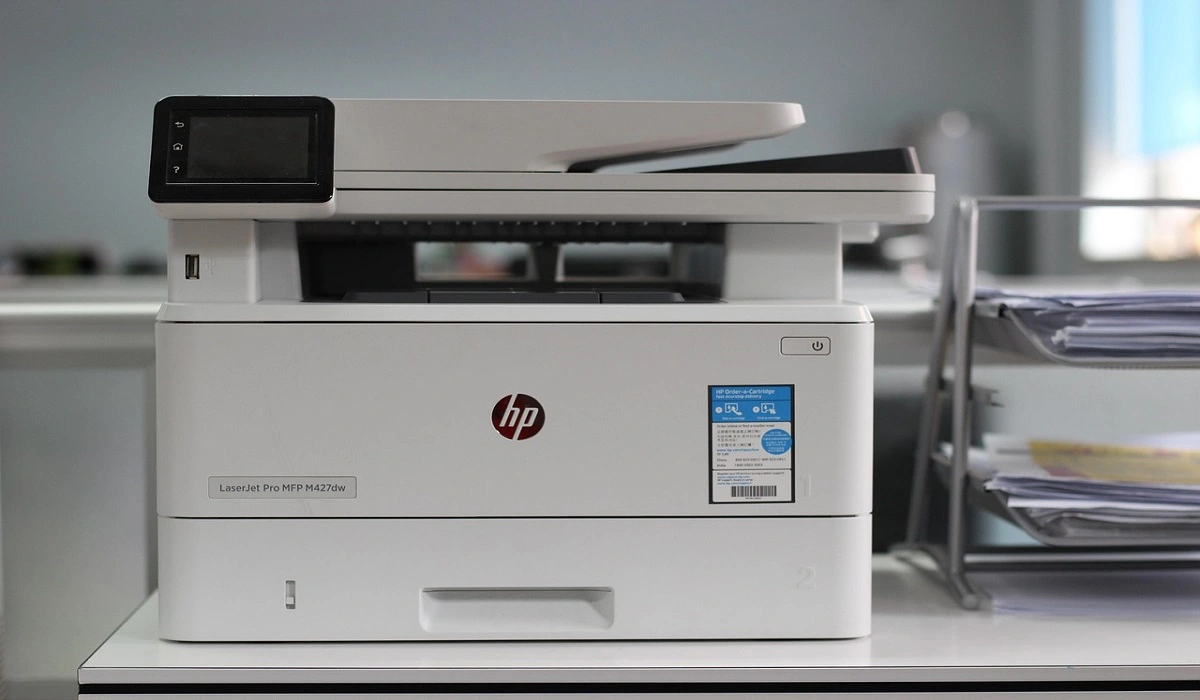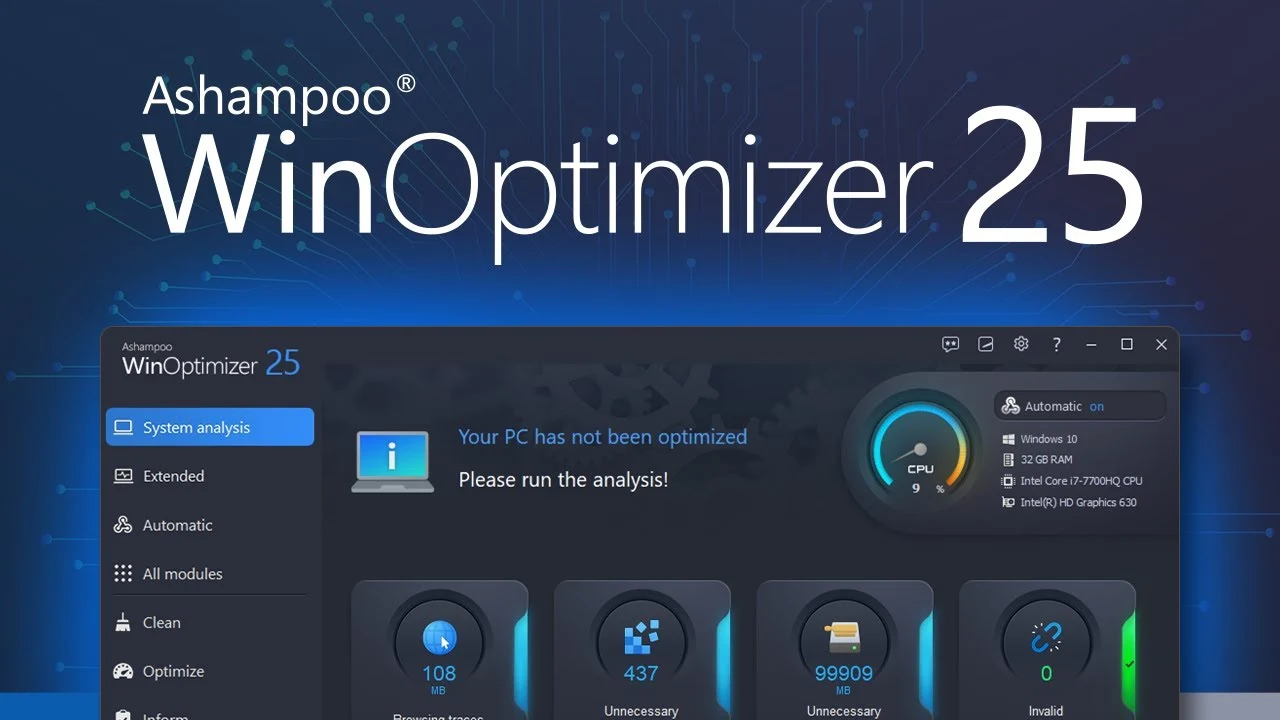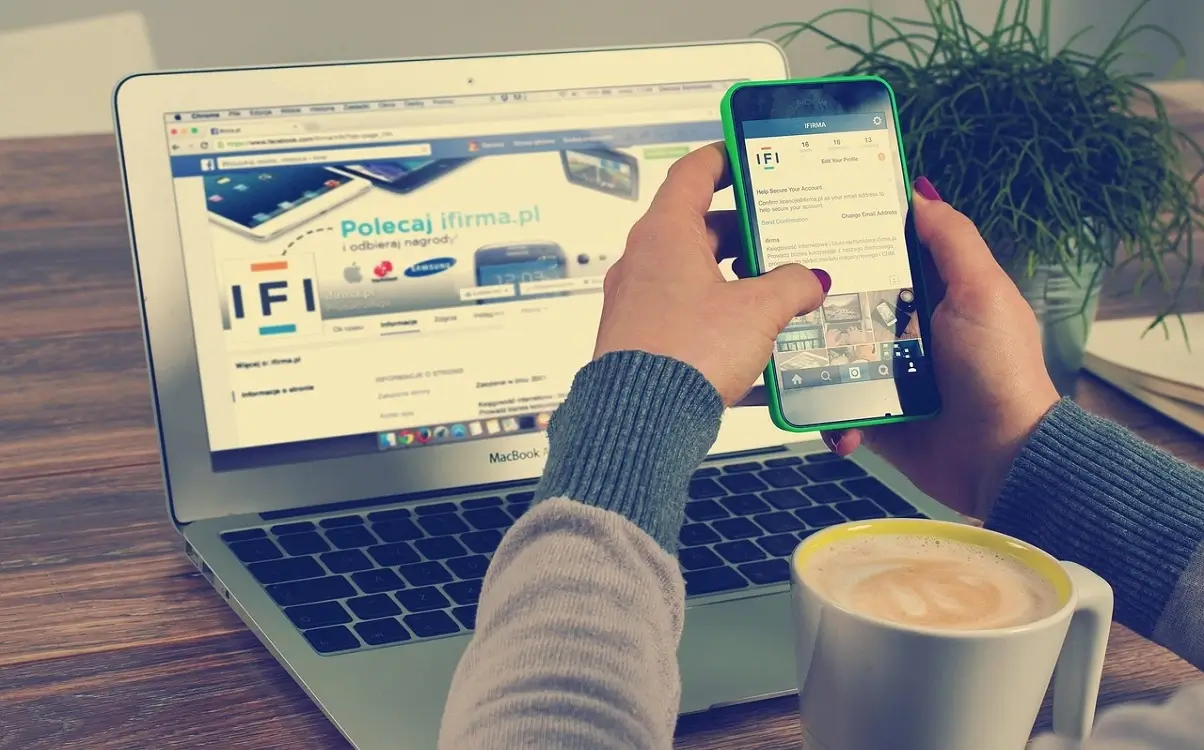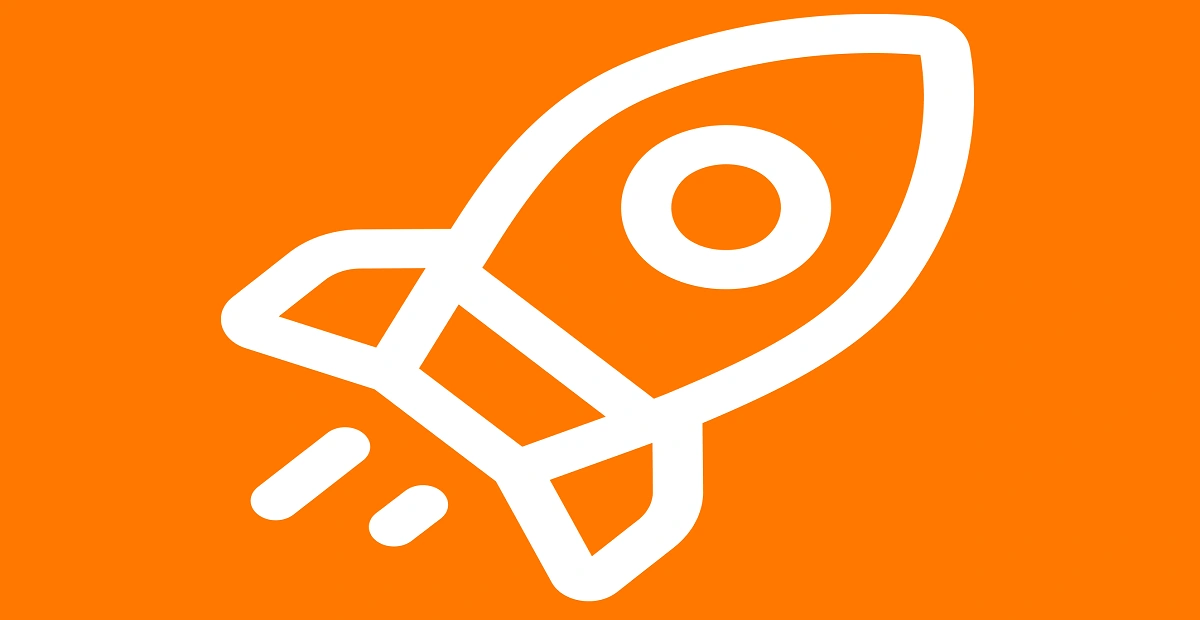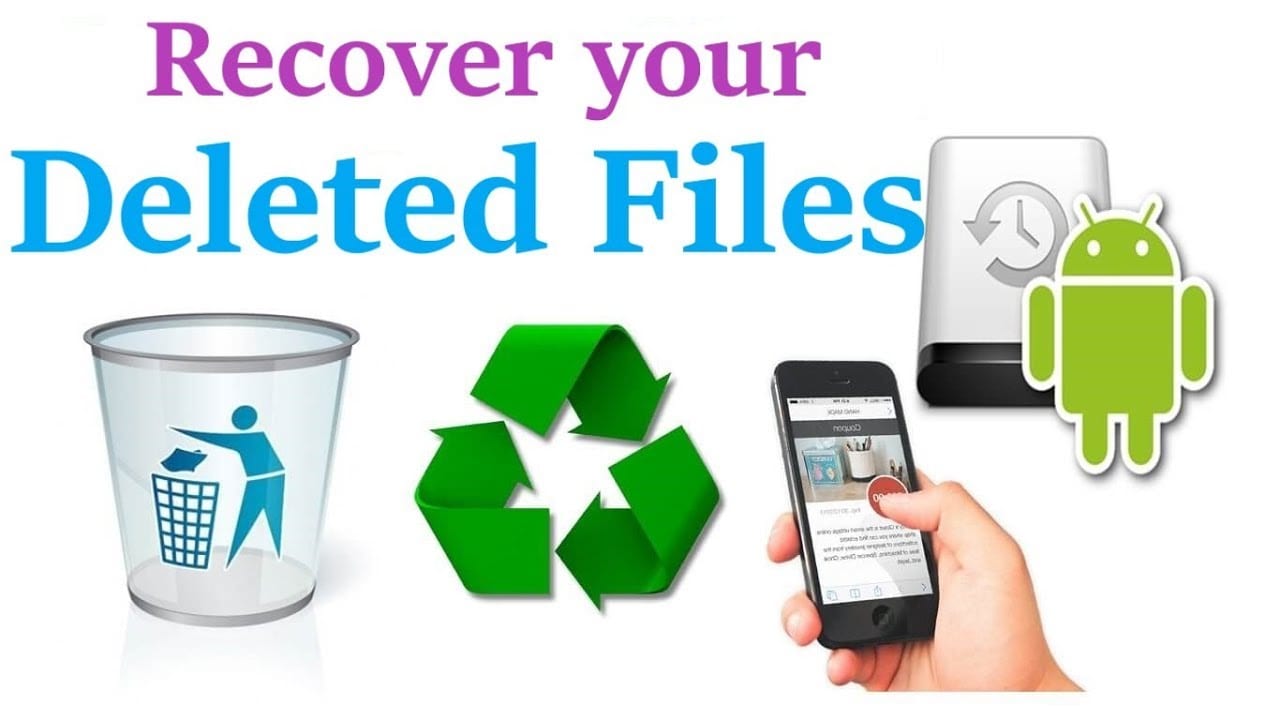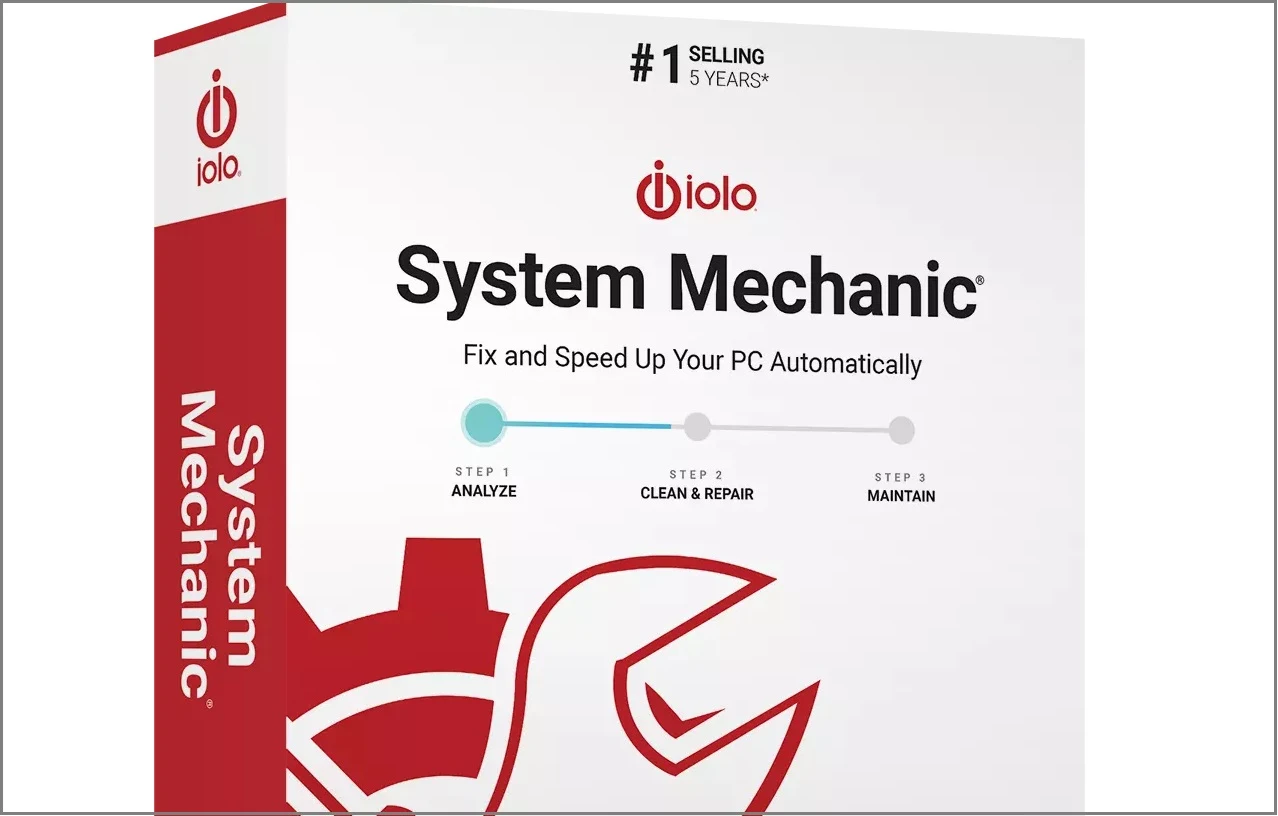Fix Android & iPhone USB tethering not working in Windows 11/10
In this article we will discuss how to fix Android and iPhone USB tethering not Working in Windows 11 and Windows 10 computers/laptops.
Connecting to the internet is the primary need of multiple Windows 11 and 10 devices. Systems facing issues connecting with Wi-Fi need to look for the alternatives like mobile data. With USB tethering as the key alternative to the seamless Wi-Fi connection, USB tethering, when not working, can be highly irritating and must be immediately fixed.
Let us go through the key solutions when USB tethering is not working in Windows 11 and Windows 10. Starting with the quick definition of USB tethering and the key reasons for its not working, it is easy to make your Windows device work on USB tethering. Starting with the quick details of USB tethering.
What is USB tethering:?
It is the method to share cellular services with different devices like Windows 11 and 10. It allows the users to have internet connectivity on Windows 11 and 10 systems facing Wi-Fi connectivity issues. It is easy to enable internet connectivity with a USB cable on the system. Let us go through the quick steps to set up USB tethering on your Windows 11, 10 device.
How to set up USB tethering on Windows 11 and 10?
The quick steps to set up USB tethering on Windows 11 and 10 are:
- Check if the data carrier on the mobile device has enabled Wi-Fi tethering.
- Connect the mobile with Windows 11, 10 system using a USB cable. Go to the “settings,” open “network and internet,” open “Hotspot and Tethering,” and go to “USB tethering.”
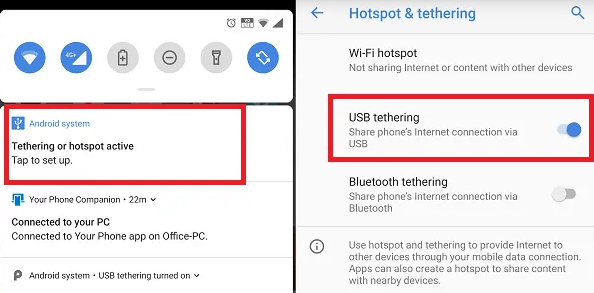
- This setup creates a different network adapter in Windows 10. The system can be quickly connected to the internet.
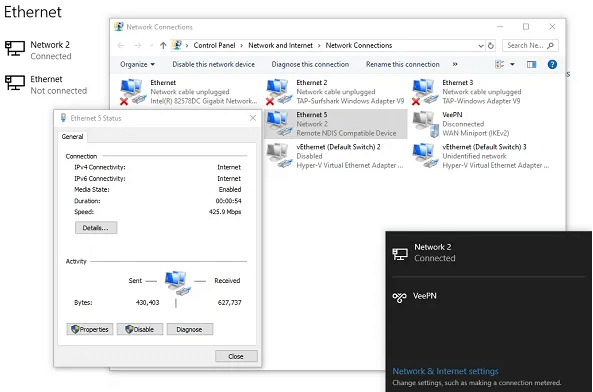
- The tethering is successful if the device is not connected to an existing Wi-Fi connection.
Top reasons: Windows 10 & Windows 11 USB tethering not working
After learning details about USB tethering, it comes down to finding the issues in the regular functioning of the mobile hotspots. Some of the problems causing issues connecting with the mobile hotspots are:
- Windows firewalls: Different antivirus software or Windows in-built firewall may hamper the seamless connection of the mobile hotspot with the device.
- Obsolete network adapter drivers: Mobile hotspots may be unable to connect with Windows 11 and 10 due to outdated network adapter drivers.
- On Bluetooth: Windows 11, 10 can’t connect to the mobile hotspot while Bluetooth is turned on.
- Enabling airplane mode: If Windows 11, 10 has airplane mode enabled, it may have been disabling all the possible wireless connections.
- IP address error: The different IP settings of the Windows 11 and 10 systems may cause USB tethering not to work properly.
Fixes: Android and iPhone USB tethering is not working Windows 11 & Windows 10
After going through the key reasons for failed internet connection on your system, it comes down to the quick fixes for USB tethering not working in Windows 11 and Windows 10. These are:
1. Use different USB cables and ports:
The faulty USB cables may cause an interruption in the seamless USB tethering. Hence, all you need to do is replace the USB cable with the new one to connect to your mobile and system. Further, using different ports while connecting USB tethering is easy to eliminate further hardware issues.
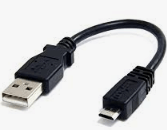
2. Performing Windows troubleshooting:
Windows 11, 10 offers dedicated troubleshooting for managing different issues like USB tethering. The quick steps to perform Windows troubleshooting are:
- Go to the “Start” or “Windows” icon and open the “Settings” menu.
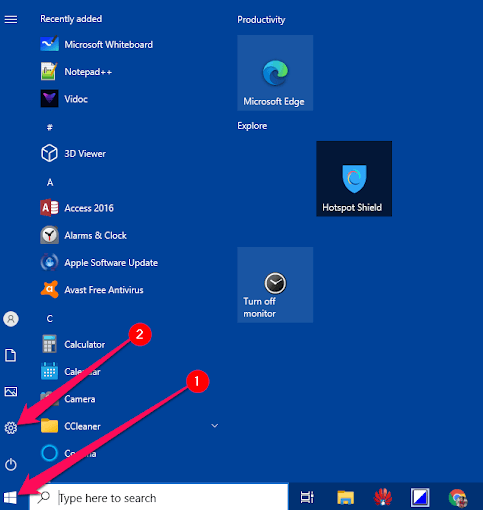
- Select “Update and Security” from the on-screen panel.
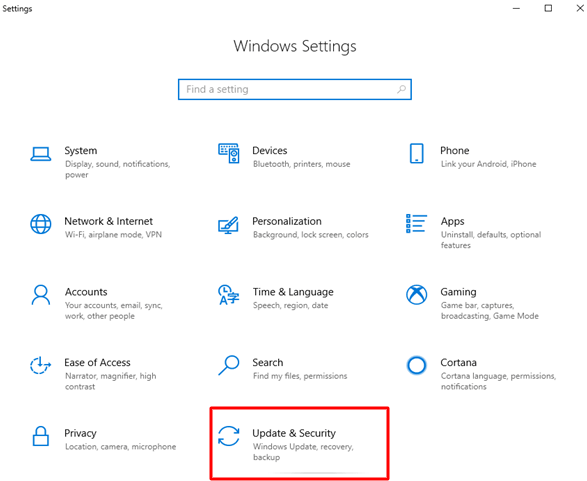
- Select the troubleshooting option and run it to treat USB tethering issues on the Windows 11, 10 system.
3. Restarting the mobile or Windows 11, 10 system:
- Users can get rid of the USB tethering issues by restarting the mobile and Windows 11, and 10 systems. The quick steps for the same are:
- Unplug the USB cable from the mobile.
- Press the “power button” and turn it off.
- Restart the mobile and check if the issues still persist.
- After restarting the mobile, it is easy to restart the system.
- Launch the “start” menu.
- Select the “power” icon from the bottom or top of the screen.
- Restart the system.
4. Activating the USB tethering option:
- It is essential to activate the USB tethering on your mobile device. The quick steps to activate the USB tethering option are:
- Go to the mobile’s settings.
- Go to “Wireless and Networks,” “Connections,” etc.
- Click on the “Portable hotspot” or “Tethering and portable hotspot.”
- Turn on the “USB tethering” option.
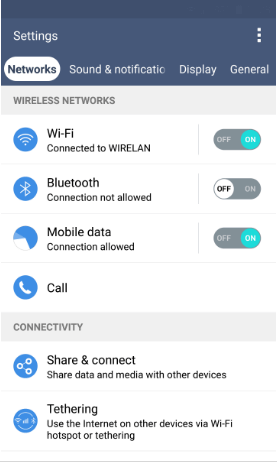
5. Updating the obsolete drivers:
Multiple obsolete drivers can be the reason for non-performing USB tethering. It is easy to update the drivers automatically or use dedicated software updates. Further, it is easy to go through the quick steps to manually update different drivers are:
- Go to the taskbar and open “Device Manager.”
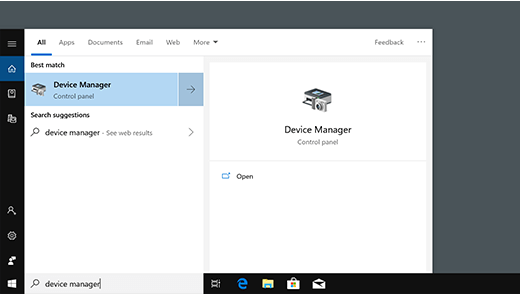
- Select the category from different device names.
- Click on “search automatically for updated driver software” and select “update driver.”
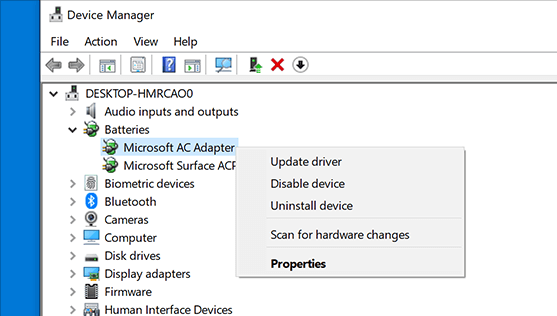
6. Turning off Wireless Technologies:
An Wi-Fi connection may interrupt the USB tethering between devices. It is all about turning these connections off with the following quick steps:
- Go to the device’s settings.
- Select Wi-Fi.
- Toggle off the “use Wi-Fi” button.
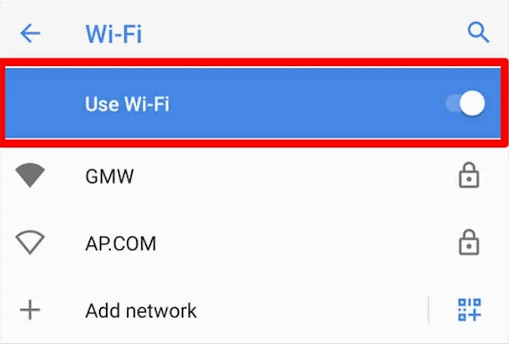
7. Set up the USB RNDIS Adapter
If USB tethering is not working on Windows, you can try to fix the issue by setting up the USB RNDIS (Remote Network Driver Interface Specification) adapter. This adapter allows your computer to communicate with your mobile device over USB, enabling the tethering functionality. Here’s a step-by-step solution to set up the USB RNDIS adapter:
- Connect your mobile device to the computer via USB.
- Enable USB debugging on Android devices or trust the computer on iPhones.
- Open Device Manager on Windows.
- Find your mobile device under “Portable Devices” or “Other Devices.”
- Update the driver for your mobile device and select “Remote NDIS compatible device” from the list.
- Restart your computer.
- Reconnect your mobile device via USB.
- Enable USB tethering in the mobile device’s settings (Android: Settings > Network & Internet> Hotspot & tethering > USB tethering; iPhone: Settings > Personal Hotspot > Enable and choose “USB Only”).
If it still doesn’t work, try using a different USB cable and port. Ensure your mobile device has the latest drivers installed. You can also try rebooting your Android or iOS device to resolve temporary glitches.
8. Edit Windows Registry
Android and iPhone USB tethering not working on Windows? Well, here comes the next solution at your disposal. By modifying the registry, you may be able to resolve this issue within no time. Sometimes, USB tethering issues can be caused by incorrect permissions on specific registry keys. To check and correct permissions follow these quick steps:
- Press Win + R to open the Run dialog box. Type “regedit” and press Enter to open the Registry Editor.
- In the Registry Editor, navigate to the following key: HKEY_LOCAL_MACHINE\SYSTEM\CurrentControlSet\Enum\USB
- Right-click on the “USB” key, select “Permissions.”
- Make sure the “Administrators” group and your user account have Full Control permission. If not, click “Add” and add the missing permissions.
After making the above-listed changes in the Windows Registry, check if the USB tethering issue was resolved.
Wrapping Up:
Hence, it is easy to tackle the situation of Android and iPhone USB tethering not working on Windows 11 and Windows 10. Starting with the USB tethering details followed by the quick reasons causing issues with USB tethering, it becomes easy to understand the seamless internet connection details.
Some quick fixes for USB tethering that are not working include restarting the mobile system, updating drivers, turning Wi-Fi off, etc. Further, activating the USB tethering on the mobile device is essential. It is easy to replace the USB ports or USB cables and troubleshoot the Windows system in quick steps.
Popular Post
Recent Post
How To Connect to a Wi Fi Using a QR Code: Latest Guide
Wi-Fi is now a basic part of our lives. We use it at home, in offices, schools, and public places. But typing long passwords every time you connect can be annoying. Sometimes you might even forget your Wi-Fi password. That is where QR codes come in handy. With QR codes, you can connect to any […]
How To Connect a Wireless Printer Easily to Windows 11/10 PC
Printing tasks are part of most home and office work today. Isn’t it? Well, yes! Using a wireless printer makes printing easier and faster because you don’t need cables. It allows you to print documents and images from any corner of your room as long as your device and printer are connected to the same […]
How To Connect Your Windows 11 PC to a Projector or Another PC
A bigger screen can help you share your work with others. When you connect your Windows 11 PC to a projector, your screen becomes easier to view in a meeting room, classroom, or home. You can show slides, videos, notes, or entertainment. Most people do this for work or study, but it is also helpful […]
How To Set Up Dual Monitors Easily Windows 11/10: Complete Guide
Working with one screen can feel limiting. You switch between apps constantly. Your workflow slows down. A dual monitor setup changes everything. It gives you more space to work. You can see multiple things at once. This guide shows you how to set up dual monitors easily on Windows systems support. Windows 11 and Windows […]
How to Set Your Preferred Default Printer On Windows 11/10: Complete Guide
Printing documents should be simple. But many users struggle with their printer settings. Windows often picks the wrong printer as the default. This creates delays and wastes paper. Setting up your preferred printer as the default saves time. It prevents printing errors. This guide shows you how to set your preferred default printer Windows systems […]
Ashampoo WinOptimizer Review: Can It Really Speed Up Your PC?
Is your computer running slowly? Do programs take forever to load? You’re not alone. Millions of PC users face this problem daily. Ashampoo WinOptimizer claims it can fix these issues. This software promises to clean junk files, boost speed, and make your computer run like new. But does it really work? Or is it just […]
Screen Mirroring | Screen Cast Phone to Laptop Windows 11
screencast phone to laptopScreen mirroring is a great way to show your phone’s screen on a laptop. Right? Whatever you see on your phone, videos, games, apps, it shows up on the bigger screen too. It’s great for watching with friends, sharing ideas, or just getting a better view. Lots of people think it’s hard […]
Avast Cleanup PC Cleaner and Optimizer: Everything You Need to Know
Your computer gets slower over time. This is normal but frustrating. Files pile up. Programs start automatically. Your PC takes forever to boot up. You need a solution that works. Something simple but effective. Avast Cleanup promises to fix these issues. But does it really work? This guide covers everything about Avast Cleanup. You’ll learn […]
How to Recover Permanently Deleted Files in Windows 10/8/7
Losing important files can feel like a disaster. Well, yes! Maybe you deleted something by accident. Maybe you emptied the Recycle Bin a little too quickly. Suddenly, that crucial document or cherished photo seems lost forever. But take a deep breath. Windows 10 (and even 8 or 7) offers powerful ways to recover permanently deleted […]
Iolo System Mechanic: Full Review & Performance Breakdown
A fast computer is vital today. Slow systems waste time and hurt productivity. Common reasons include too many startup apps, junk files, and broken settings. There are many tools that claim to fix these issues. Some are light cleaners. Others act as full optimization suites. Iolo System Mechanic belongs in the second group. It is […]

